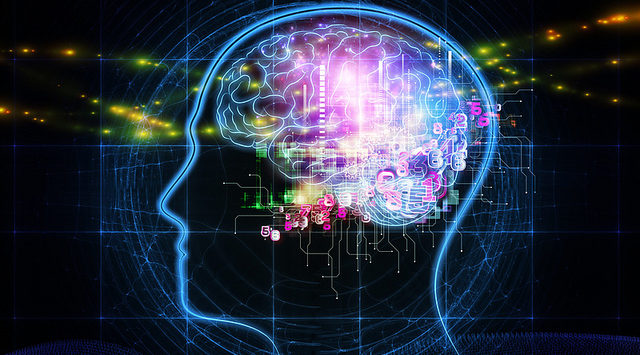
In a controversial 2003 article in the Harvard Business Review and a follow-up book with the same title, technology writer Nicholas Carr asked “Does IT Matter?” IT had become a commodity input; it had lost its mystique; it had become normal. Time was when the wheel was technology. But as the wheel was refined and its use proliferated, a wheel came to be regarded as just a wheel.
I’m reminded of that whilst witnessing the current deluge of articles about AI in law. AI in law has been around a long time, since the mid 80s if Richard Susskind can be taken as one of the founding fathers. But, whereas then the aim was to attempt to produce expert systems that could replicate legal reasoning, the second wave of AI, which provides much of the fuel for Susskind and son’s The Future of the Professions, is doing things entirely differently, achieving results through “brute force processing and massive storage capacity”. And we now take those resources for granted.
I have a black box in my car. It knows every road route in Europe; it knows the quickest route between A and B, taking account of my preferences, can warn me when traffic builds up and then recalculate a quicker route; it can guide me by animated map and by voice, directing me around myriad roundabouts and complex one way systems, in dulcet tones or not, as I choose. That’s articial intelligence, is it not? Yet it’s just a “satnav” and we’ve been using them for years.
Here is just some AI in law that is already pretty normal (extracted and adapted from Artificial Intelligence in Law – The State of Play in 2015 by Michael Mills in the Legal IT Insider):
- Document automation products apply procedural rules and some inferencing to generate bespoke legal documents. That kicked off more than 20 years ago.
- Legal research services have employed natural language processing (NLP) techniques for more than 10 years.
- Technology-assisted review (TAR) uses natural language and machine learning techniques to analyse documents for discovery and is faster and better than humans. It is the success story of machine learning in the law.
- Compliance systems combine expert systems and other reasoning techniques to provide fact- and context-specific answers to legal, compliance and policy questions.
- Contract analysis applies natural language and machine learning techniques to aspects of the contract lifecycle from discovery to due diligence. Another success story for machine learning in the law.
At the end of the day, hyping AI is unhelpful. I’m with Ryan Mcleod who calls for an official moratorium on the term Artificial Intelligence in relation to the law. AI is just what computers do. Let’s talk about that.
Nick Holmes is Editor of the Internet Newsletter for Lawyers and Legal Web Watch. Follow him on Twitter @nickholmes.
Image: By Saad Faruque on Flickr.